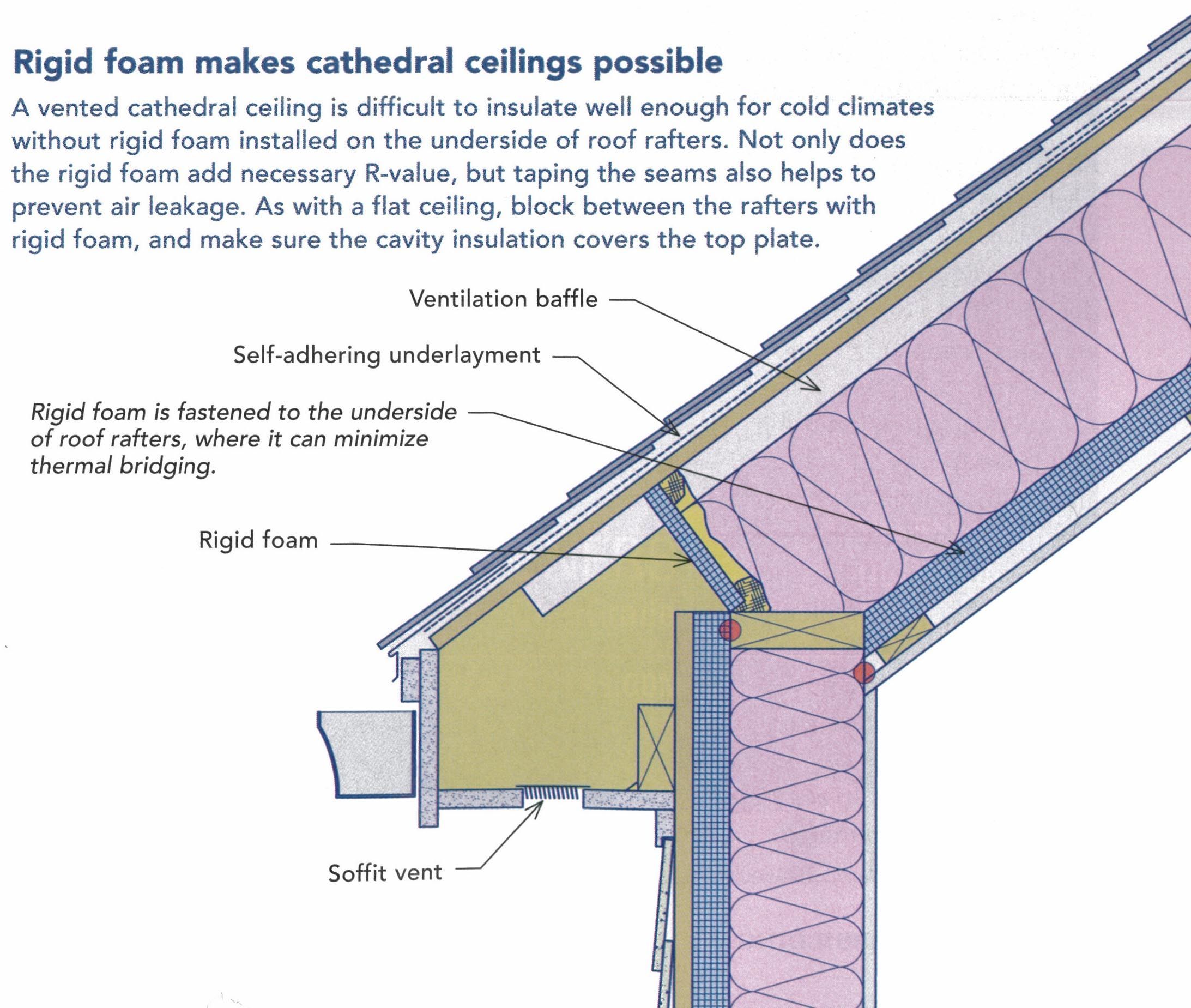Rigid Foam Insulation Roof Installation

In other words rigid foam can be applied on walls foundations and roofs and works great for both retrofits and new constructions.
Rigid foam insulation roof installation. The r value is a measurement of the heat loss and heat gain. Install nailbase for cladding. You can even place it under the foundation slab. They keep your home at a comfortable temperature without the need to crank your heat.
Depending on the type of insulation you choose and the desired r value you want for your facility you may need to build up a few layers of insulation. A helpful hint for installation is to use a straight edge along the cut line to ensure the panels fit best. It will help you to eliminate problems that may come when the house becomes extremely cold in the winter and terribly hot in the summer. Rigid foam insulation also known as insulating boards provide high r values.
Not only does it provide high r values but foam board insulation is also easy to install lightweight and can be used in any room of your home. Eps is the most vapor permeable of the three types. Rigid insulation is one of the best tools to reduce your energy costs. Rigid insulation layers exterior to existing roof sheathing must provide sufficient thermal insulation r value to control condensation risk see climate specific guidance.
Polyurethane spray foam metal roof insulation in order to add moisture barrier under metal roof you can spray the undersides of the roof by using a thick layer of polyurethane spray foam. Rigid foam offers tremendous boost to a home or office s r value. Rigid foam installation after the roof deck is ready the rigid foam insulation is installed. Install rigid insulation board in multiple layers with joints offset vertically and horizontally between adjacent layers.
At r 4 it also has the lowest r value per inch. To install measure the foam insulation panels to the roof s dimensions. Use 2 1 2 inch deck screws to drive the furring strips into the foam and the wood framing beyond. The furring strips should run vertically from floor to ceiling or from eaves to rafters if you are installing them on a sloped ceiling.
Nail it around the edges with roofing nails. Start at the bottom of the roof and place the first piece of rigid foam insulation against the metal flashing starting at the center line. All three types of rigid foam insulation expanded polystyrene eps extruded polystyrene xps and polyisocyanurate are suitable for use on the exterior of walls and roofs though they do not perform equally. Install it anywhere from the roof to the foundation.














































